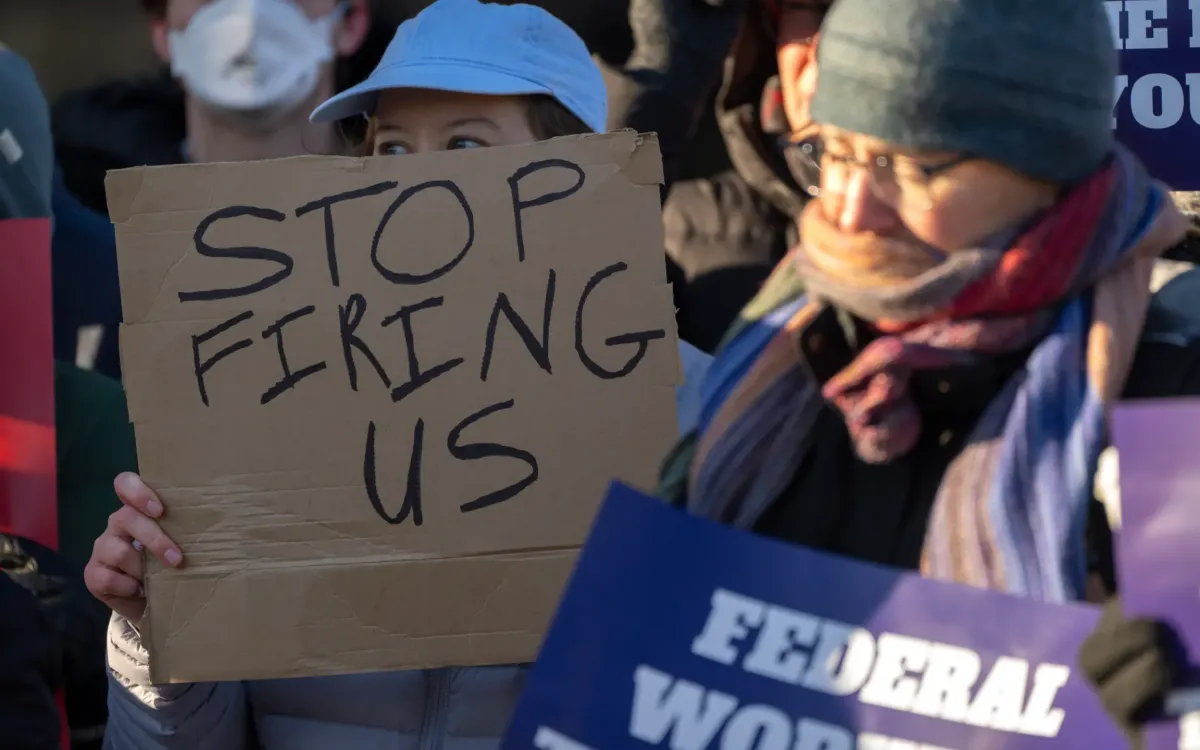WASHINGTON, D.C. – The administration of President Donald Trump confirmed on October 14 that 4,108 federal civil servants have been dismissed since the US government officially shut down on October 1.

The number, filed with a federal court by the US Department of Justice, was a slight downward adjustment from the previous week’s estimate of 4,278. Although this number represents only a small fraction of the total civil federal workforce of over two million, the dismissal of thousands of employees during a government paralysis is considered unprecedented in modern American history.
Political Fallout and Legal Challenges
President Trump publicly assigned blame for the budget impasse to Congress, particularly the Democratic opposition, accusing opposing lawmakers of "refusing to fund vital programs." He stated that the staff reductions were the "only way to force them to act."
Since the beginning of October, numerous federal agencies, including the Department of Health and Human Services, the Environmental Protection Agency, and the Food and Drug Administration (FDA), have been forced to suspend most operations. This has directly impacted critical functions such as research, disease monitoring, and educational licensing.

Simultaneously, several labor unions representing federal workers, including the American Federation of Government Employees (AFGE), have filed lawsuits against the Trump administration. They argue that the dismissals violate federal budget law, which permits only the maintenance of "essential services" during a shutdown. AFGE President Everett Kelley warned that this forced "purge" of the administrative apparatus would have severe consequences for millions of citizens who rely on a stable government.
The Broader Restructuring Context
Tensions escalated further on September 30 when the Trump administration implemented a "deferred resignation" program—a large-scale reduction plan allowing over 100,000 federal civil servants to voluntarily take paid leave for up to eight months.

While a Democratic Senate report estimated this program would cost $14.8 billion, the White House countered, claiming it could save $28 billion annually by streamlining the administration. Including early retirement, forced dismissals, and voluntary resignations, the total number of employees leaving federal service in 2025 could reach 275,000—the sharpest reduction in the US since World War II.
During a protest near the White House on October 14, lawmakers from Maryland and Virginia condemned the firings, asserting that the government was "destroying the livelihoods of civil servant families." Representative Don Beyer (D-Virginia) declared: "We will not be defined by those who lack compassion."
With the national unemployment rate rising to 4.3% in August 2025, the wave of mass layoffs and resignations in the public sector not only paralyzes the US federal machinery but also sparks a deep constitutional debate regarding the limits of executive power, particularly as President Trump frames the restructuring of the civil service as a "central mission" in his efforts to consolidate authority for a second term.
0 comments:
Post a Comment